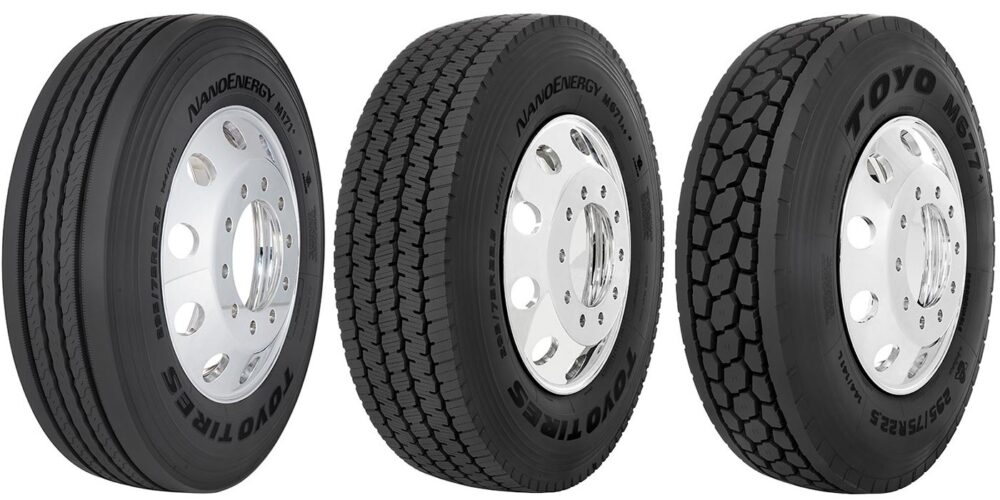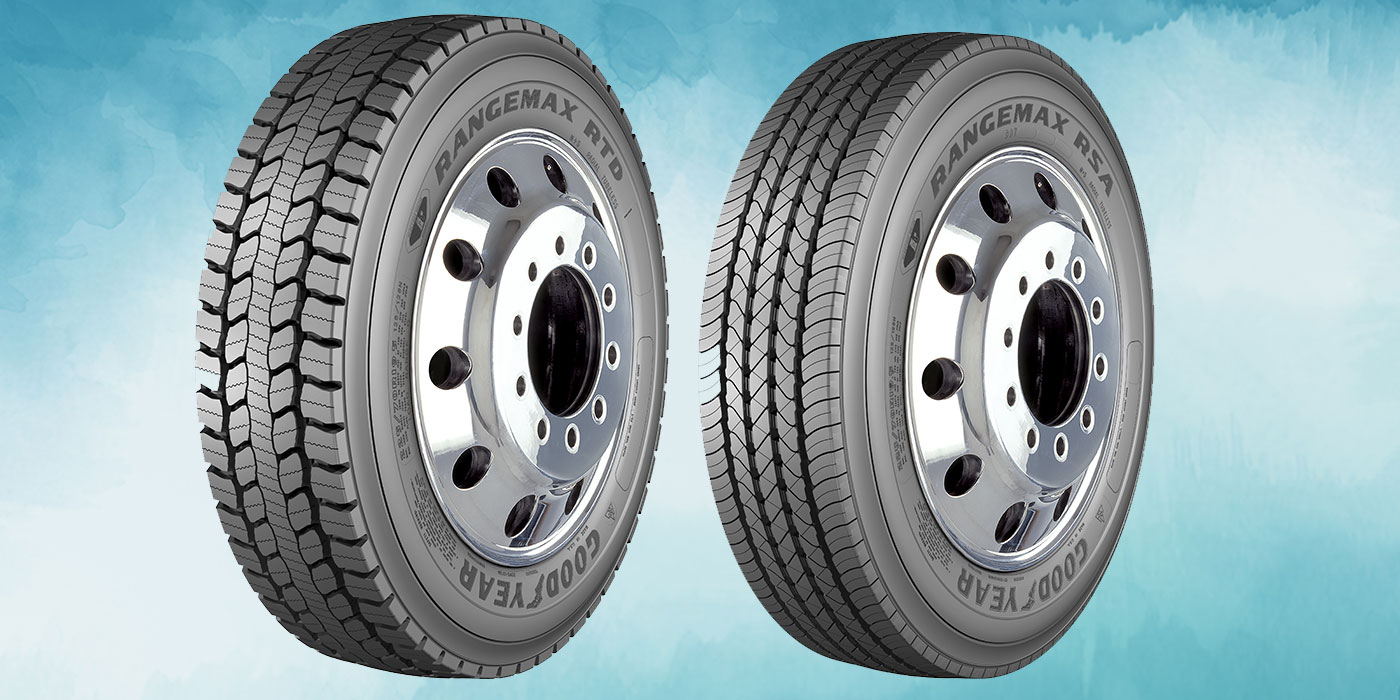Tires and Responsibility
I began to reflect about tires recently after spending an hour or so on the Internet catching up on local and national news. Many of the news subjects are repeats these days, discussions of the handling qualities of SUVs – with and without tire blowouts – students vandalizing school property in celebration of graduation, individuals suing and collecting large sums from companies, and some locals petitioning for a leash law for neighborhood cats.
It’s difficult to find the sense in some of these things. I was reared on a farm and understood at a tender age that cats are among the most independent of all species, rivaling even Formula 1 drivers. And they’re far less irritating to boot.
The TREAD Act is a Congressional mandate to the National Highway Traffic Safety Administration (NHTSA) directing that bureaucracy to address, among other subjects, the issue of under-inflated tires on public highways. To date, NHTSA has issued an Advanced Notice of Proposed Rulemaking and established a docket titled Tire Pressure Monitoring Systems (TPMS). This docket can be accessed by visiting www.nhtsa.com and searching docket #8572.
The TREAD Act is being interpreted by many industry observers to require that all new highway vehicles manufactured after a certain date include a warning indicator to alert drivers of a "substantially underinflated" tire condition. This could be a good thing if used properly. Slow air loss caused by punctures, leaking valves, and even long-term lack of inflation checks can be detected based on some minimum threshold pressure.
This approach is "management by exception" to a minimum pre-established standard, similar to the red light that denotes near-total loss of oil pressure in the engine.
A variety of sensing devices are being proposed to meet the requirements and there are numerous issues yet to be decided. For example, will individual wheel positions have to be identified separately on the dashboard display? Will displays be standardized for all cars, trucks, and other vehicles? Will these new requirements apply to new versions of current vehicles already using much more sophisticated and expensive on-board inflation control systems, such as logging trucks running on combination off-road/highway service routes? How will adjustments for cold vs. hot inflation pressures and large differences in ambient temperatures be factored?
Another area of debate is concerned with who finally decides what the minimum acceptable pressure is to be. Should this be the tire or vehicle engineer? Should the decision be based strictly on the load carrying capacity of the tire or include vehicle handling variables at different inflation pressures?
If handling characteristics are of concern, unbalanced tire pressures can affect vehicle stability and, therefore, should overinflated tires be flagged also? Are inflation pressure warning level adjustments in order when using the vehicle for trailer towing or when carrying excessively heavy loads?
Another sticky issue comes to mind for vehicles like pickup trucks and some multi-purpose passenger vehicles. Tires having the same basic size designation, but differing in construction and designated as either "passenger" or "light truck" types are available for some of these. The vast majority of pickups and SUVs are equipped with passenger tires as OE, although some owners choose the more robust light truck designs as OE options or when replacing tires.
Having this choice is basically good, since it allows the owner to tailor his vehicle for a variety of vocations. These different tire types, however, can have different load/inflation relationships.
Also, the Tire and Rim Association has a long-established standard to be used when selecting passenger tires for use on light trucks, trailers, and multi-purpose passenger vehicles that dictates the use of a 1.10 service factor. This is intended to compensate for the increased side loadings and higher centers of gravity on these vehicles. This means that if the passenger tire must actually carry, for example, 1,200 lbs. when used on a pickup truck, it must be selected and inflated to carry 1,320 lbs. This factor is not appropriate if a light truck tire is used on the same vehicle.
A variation of this issue can be found on heavy-duty highway trucks, where a variety of tire sizes with different load/inflation relationships are used to carry, in many cases, identical loads. Tire sizes for these vehicles are sometimes chosen with consideration of ground clearance, platform heights, gear ratios, compatibility with other equipment, or other reasons not related strictly to load carrying ability.
In thinking about all of the complexities arising from the seemingly simple goal of warning drivers of a potentially dangerous tire inflation condition, I worry that this well-intentioned effort may be trying to make things too simplistic. Such a warning system provides a service, not a disservice.
In our mobile society, we’re truly fortunate to have such a variety of vehicle types and options available. However, the choices are different and should be made with that understanding.
It also seems reasonable that freedom of choice implies some degree of accompanying responsibility. That’s not to advocate "buyer beware" on a wholesale basis. We expect that the products we buy are designed to be safe and reliable when used properly.
However, some knowledge of basic facts and the application of common sense must be assumed. Basic, as in when big things and little things collide, little things tend to get hurt more. This was indelibly impressed in my memory during the second week of grade school immediately following a fight with the second grade bully. Basic, like when tall mobile things with higher centers of gravity change direction quickly, they are not as stable as shorter things with lower centers of gravity. The tall, skinny stack of dominoes is always less stable than a short one.
Maybe we’re all victims of the advertising wizards who would have us believe that eating more food is always the healthy choice and that some vehicles are so fuel efficient that they may actually have more gasoline or diesel fuel than we can use.
The intentions of the TREAD Act seem noble enough. What is not known, however, is how many of the tire failures that triggered their investigation were caused by severe under-inflation, or whether those failures resulted from recent damage or chronic lack of maintenance.
Also left wanting was any consideration of driver capabilities and whether appropriate driver adjustments in speed, cornering, braking distance, and other considerations were made based on vehicle size and type, as well as road conditions.
But the great future concern is that a simple dashboard warning may teach drivers that no additional tire checks or maintenance is necessary. That would be the ultimate disservice.













